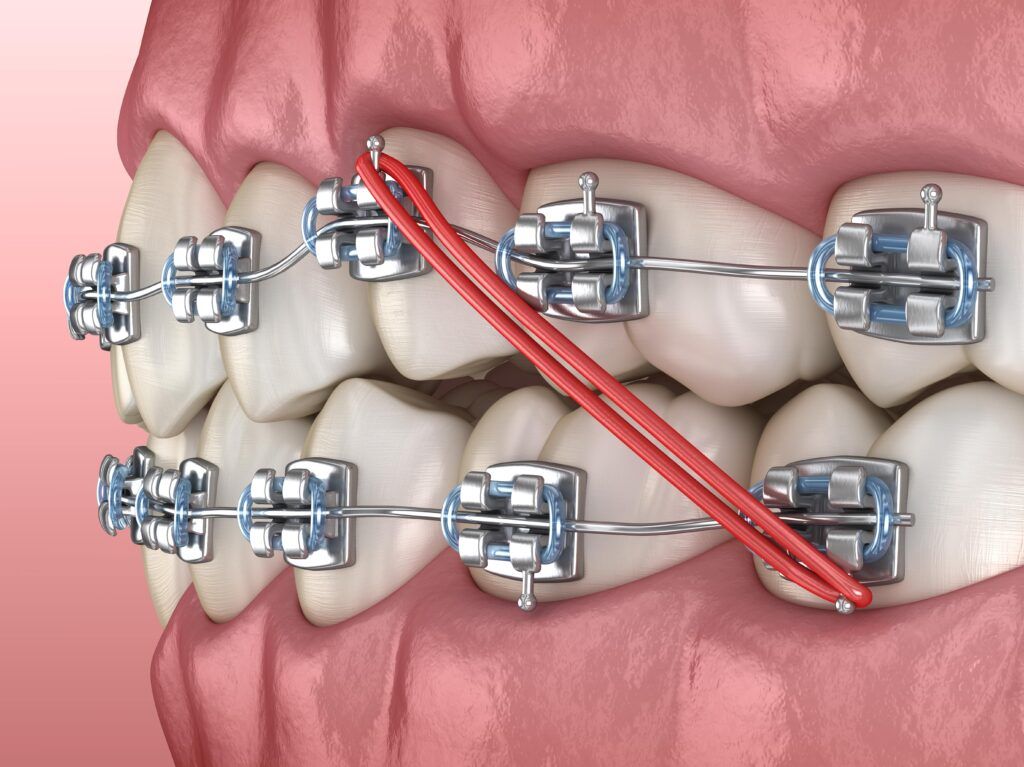Selecting the very best Cumming Orthodontics for Effective Braces and Aligners Solutions
Selecting the very best Cumming Orthodontics for Effective Braces and Aligners Solutions
Blog Article
Comprehensive Guide to Orthodontics Procedures for Dealing With Dental Misalignments
Recognizing the details of each treatment, including their devices, advantages, and possible drawbacks, is essential in making informed decisions about one's orthodontic treatment. As we navigate with the detailed guide to orthodontic procedures for correcting dental imbalances, the complex details of each method will certainly unravel, dropping light on the path towards a harmonious and functional dental alignment.
Orthodontic Procedures Overview

Along with standard braces and clear aligners, orthodontists may additionally recommend various other interventions like headgear, palatal expanders, or retainers to resolve particular placement problems (orthodontist). These treatments are customized to each individual's unique requirements and may include a mix of therapies to achieve the preferred outcomes. Regular modifications and surveillance are essential components of orthodontic therapy to ensure development gets on track and to make any kind of necessary adjustments in the process. By undertaking orthodontic procedures, clients can not just attain a straighter grin but also enhance their general dental wellness and feature.
Traditional Braces: How They Function
When thinking about orthodontic therapies for dental imbalances, conventional dental braces stand out as a tried and true technique for fixing teeth placing. Conventional braces include brackets, wires, and bands that collaborate to use continual pressure on the teeth, progressively moving them right into the preferred placement. The brackets are connected to the teeth utilizing an unique adhesive, and the cables are threaded via the brackets. By readjusting the tension of the cords, orthodontists can control the instructions and force related to each tooth, directing them right into proper positioning over time.
As pressure is applied to the teeth with the dental braces, the bone bordering the teeth is improved to sustain the brand-new tooth settings. People will certainly require normal changes at the orthodontist's office to ensure the dental braces continue to use the right pressure for efficient teeth motion.
Unseen Aligners: Advantages And Disadvantages
These clear, custom-made trays are basically undetectable when worn, making them an enticing choice for individuals seeking an extra visually pleasing orthodontic therapy. Individuals can remove the aligners prior to eating or brushing their teeth, reducing the danger of food obtaining stuck in the home appliance and streamlining the cleaning procedure.

Surgical Orthodontic Options
Surgical treatments in orthodontics existing sensible options for dealing with complex dental misalignments that may not be effectively dealt with through conventional orthodontic treatments. While conventional braces and invisible aligners can deal with many orthodontic concerns, particular cases require medical treatment to accomplish ideal results. Surgical orthodontic options are generally recommended for severe malocclusions, significant jaw inconsistencies, and situations where the underlying bone structure requires alteration to accomplish proper alignment.
One usual medical orthodontic procedure is orthognathic surgery, which entails rearranging the jaws to fix functional concerns such as problem chewing or talking. This surgical procedure is commonly carried out in collaboration with an orthodontist that helps straighten the teeth before and after the treatment. Surgical orthodontics may also include procedures to subject impacted teeth, get rid of excess gum cells, or reshape the jawbone to develop a much more unified facial account.
Before taking into consideration surgical here are the findings orthodontic alternatives, clients undertake a detailed evaluation to figure out the necessity and prospective advantages of such interventions. cumming invisalign. While surgical treatment might seem overwhelming, it can substantially improve both the feature and looks of the smile in instances where traditional orthodontic therapies drop short
Retainers and Post-Treatment Care

Failing to conform with post-treatment care directions can result in relapse, where the their explanation teeth gradually move back in the direction of their initial settings. Constant retainer wear, great oral health, and normal oral examinations are vital for preserving the results accomplished with orthodontic surgical treatment and guaranteeing the long-term security of the remedied dental alignment.
Conclusion
In final thought, orthodontic treatments use different choices for remedying oral misalignments. Surgical orthodontic options are readily available for a lot more extreme misalignments. Generally, orthodontic treatments can efficiently boost oral health and wellness and visual appearance.
As we browse through the detailed overview to orthodontic procedures for remedying dental imbalances, the detailed details of each technique will certainly unfold, dropping light on the course towards a harmonious and practical dental placement. - cumming orthodontist
One of image source the most usual orthodontic treatments is the use of dental braces, which are composed of steel braces and wires that apply mild stress to progressively shift teeth into the preferred setting.When taking into consideration orthodontic therapies for dental misalignments, standard dental braces stand out as a reliable approach for correcting teeth positioning. Furthermore, undetectable aligners might not be ideal for complex orthodontic problems that need even more considerable teeth activity, as they are typically recommended for moderate to moderate situations. Retainers are tailor-made orthodontic tools made to hold teeth in their corrected positions after the completion of orthodontic treatment.
Report this page